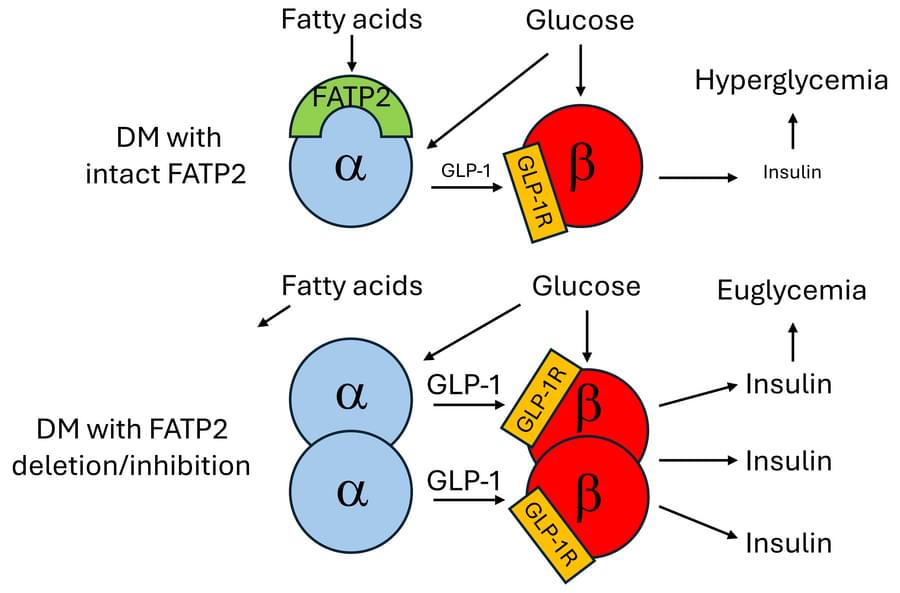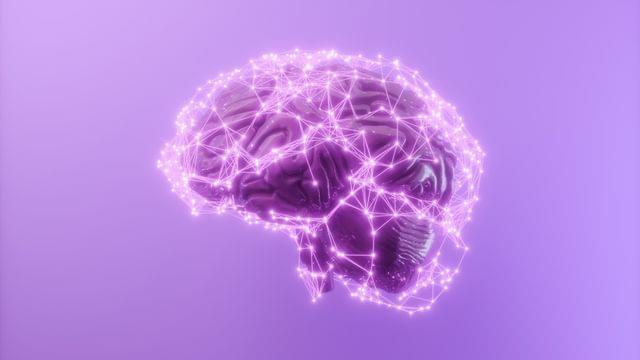The function of mucosal-associated invariant T (MAIT) cells, a burgeoning member of innate-like T cells abundant in humans and implicated in many diseases, remains obscure. To explore this, mice with a rearranged T cell receptor (TCR) α or β locus, specific for MAIT cells, were generated via induced pluripotent stem cells derived from MAIT cells and were designated Vα19 and Vβ8 mice, respectively. Both groups of mice expressed large numbers of MAIT cells. The MAIT cells from these mice were activated by cytokines and an agonist to produce IFN-γ and IL-17. While Vβ8 mice showed resistance in a cancer metastasis model, Vα19 mice did not. Adoptive transfer of MAIT cells from the latter into the control mice, however, recapitulated the resistance.








